Which trig functions have vertical asymptotes at
x=pi/2+pi*n, n=ZZ
tangent and secant
What quadrant is the following angle in?
-(3pi)/4
3rd quadrant
Why is the domain of a trig function restricted when finding the inverse?
A function must be one-to-one (pass the horizontal line test) for its inverse to be a function.
What is the degree measurement for an angle of
(7pi)/4
315^o
This is the sinusoidal function graphed below.
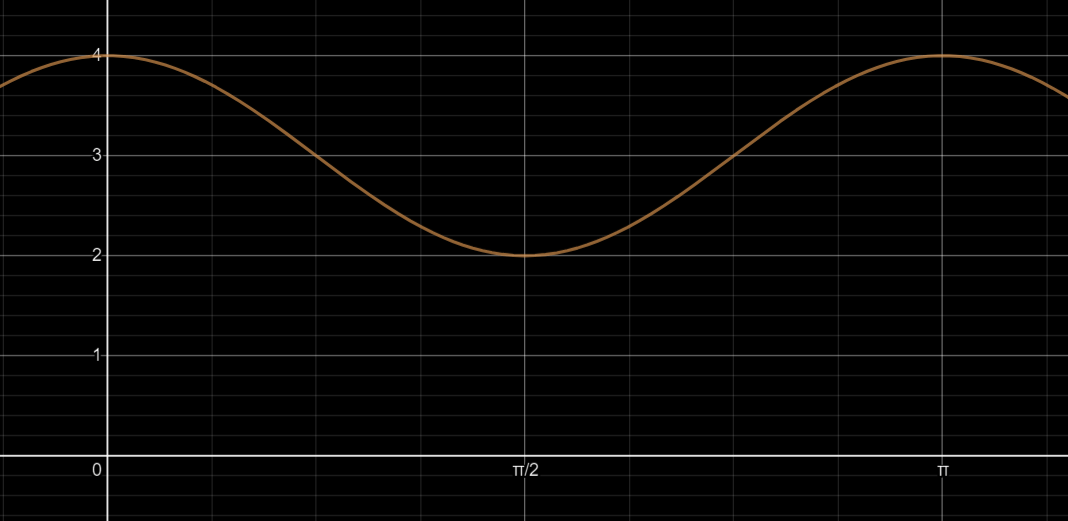
What is
y=cos(2x)+3 ?
Is the following periodic, sinusoidal, or both?
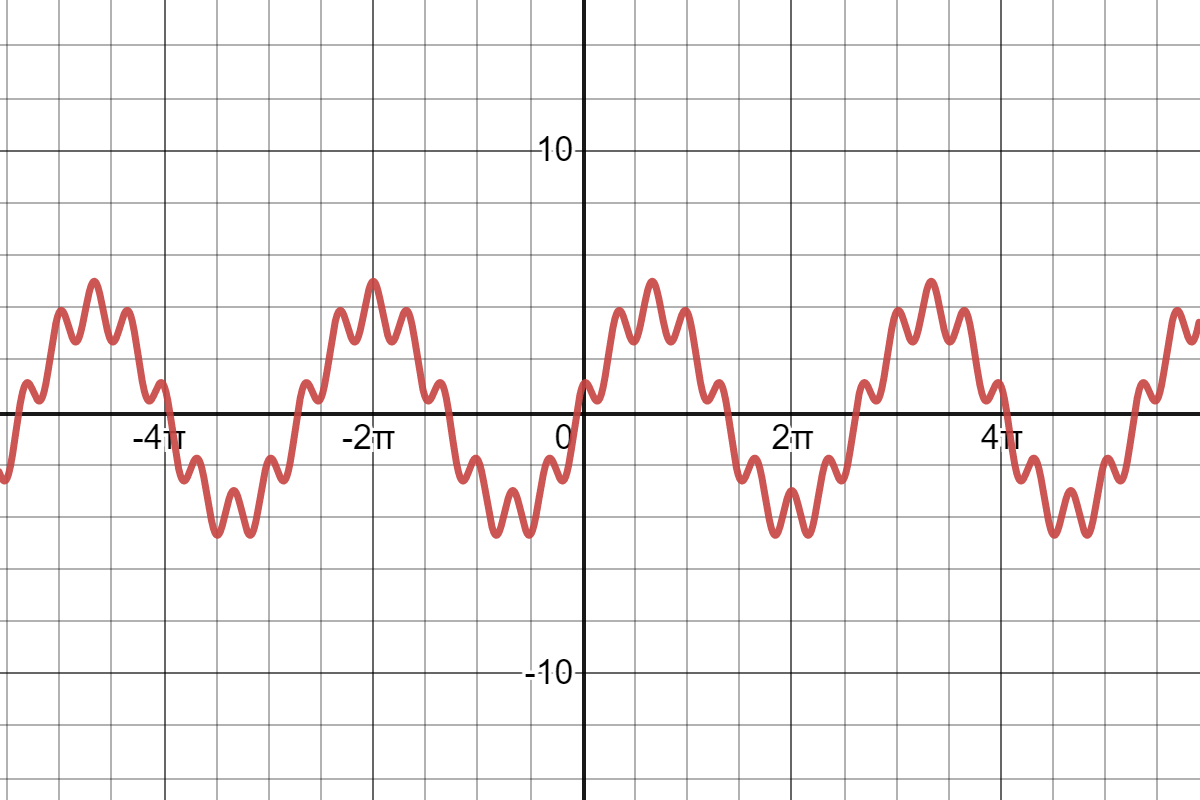
Periodic, not sinusoidal
Which trig functions are negative in the 2nd quadrant?
Cosine, Secant, Tangent, Cotangent
Which inverse trig function has the following graph?
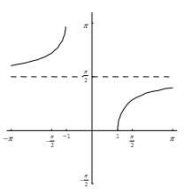
arcsec(x)
What is the radian measurement for the given angle?
225^o
(5pi)/4
This is the equation of the sinusoidal function graphed below.
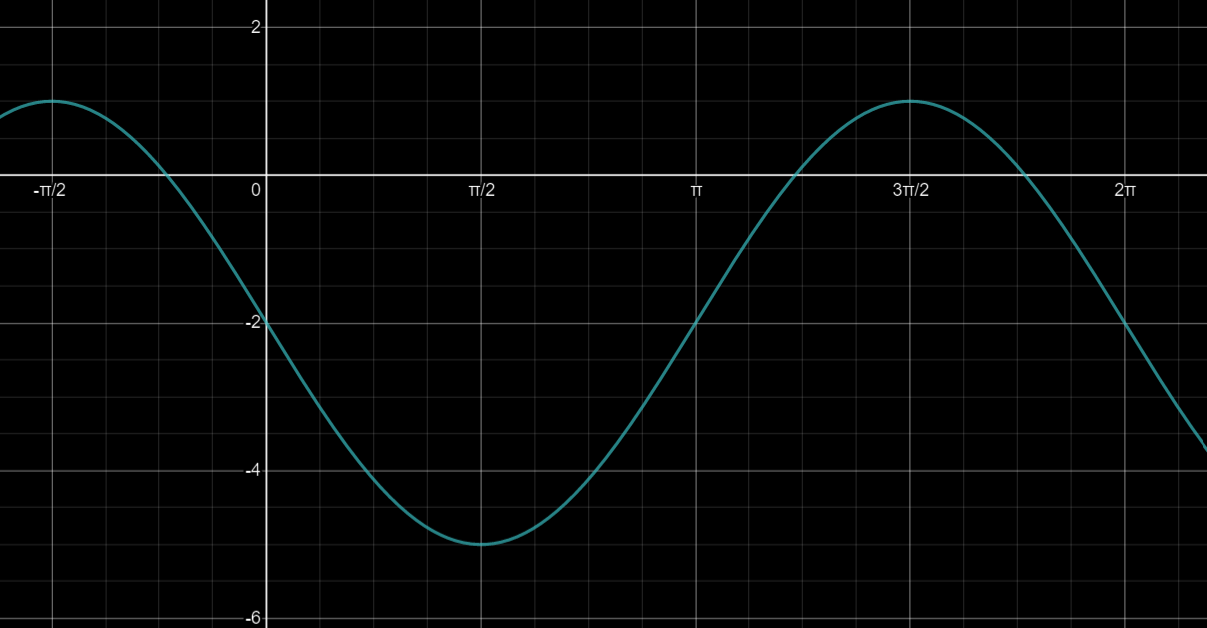
What is
y=-3sin(x)-2 ?
It is the trig function for this graph:

What is
y = sin(theta)
?
What is the smallest positive coterminal angle to
-(2pi)/3
(4pi)/3
Evaluate the following:
arctan(tan(pi))
0
What is the range of arcsec(x)?
0<=x<=pi
The graph of the sinusoidal function, in radians, that has a maximum point at (0,7) and then intersects its midline at (3,3) .
What is
y=4cos(pi/6x)+3 ?
It is the range for this trig function:
y=-5cos(6x)+15
What is [10,20]?
Evaluate:
sec((4pi)/3)
-2
Evaluate the following:
arccos(sin((5pi)/3))
(5pi)/6
What is the range of arctan(x)?
-pi/2<x<pi/2
The graph of this sinusoidal function has a minimum point at (0,2) and then has a maximum point at (3pi,6) .
What is y=-2cos(1/3 x)+4 ?
It is the period for this trig function:
y=5sin(30x)+90
What is
pi/15
?
Given that...
sec(theta)<0
tan(theta)=-9/2
What is...
cos(theta)
cos(theta)=-(2sqrt85)/85
Evaluate:
arctan(-sqrt3/3)
-pi/6 or (11pi)/6
About how many degrees is one radian?
57.3 degrees
h is a trigonometric function of the form h(x)=a\sin(bx+c)+d .
The equation, in exact form, for the function below that intersects its midline at (-4\pi,2.5) and has a maximum point at (-(5pi)/2,6) .
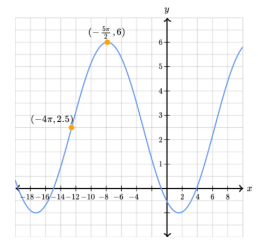
What is y=3.5sin(1/3 x+(4pi)/3)+2.5 ?